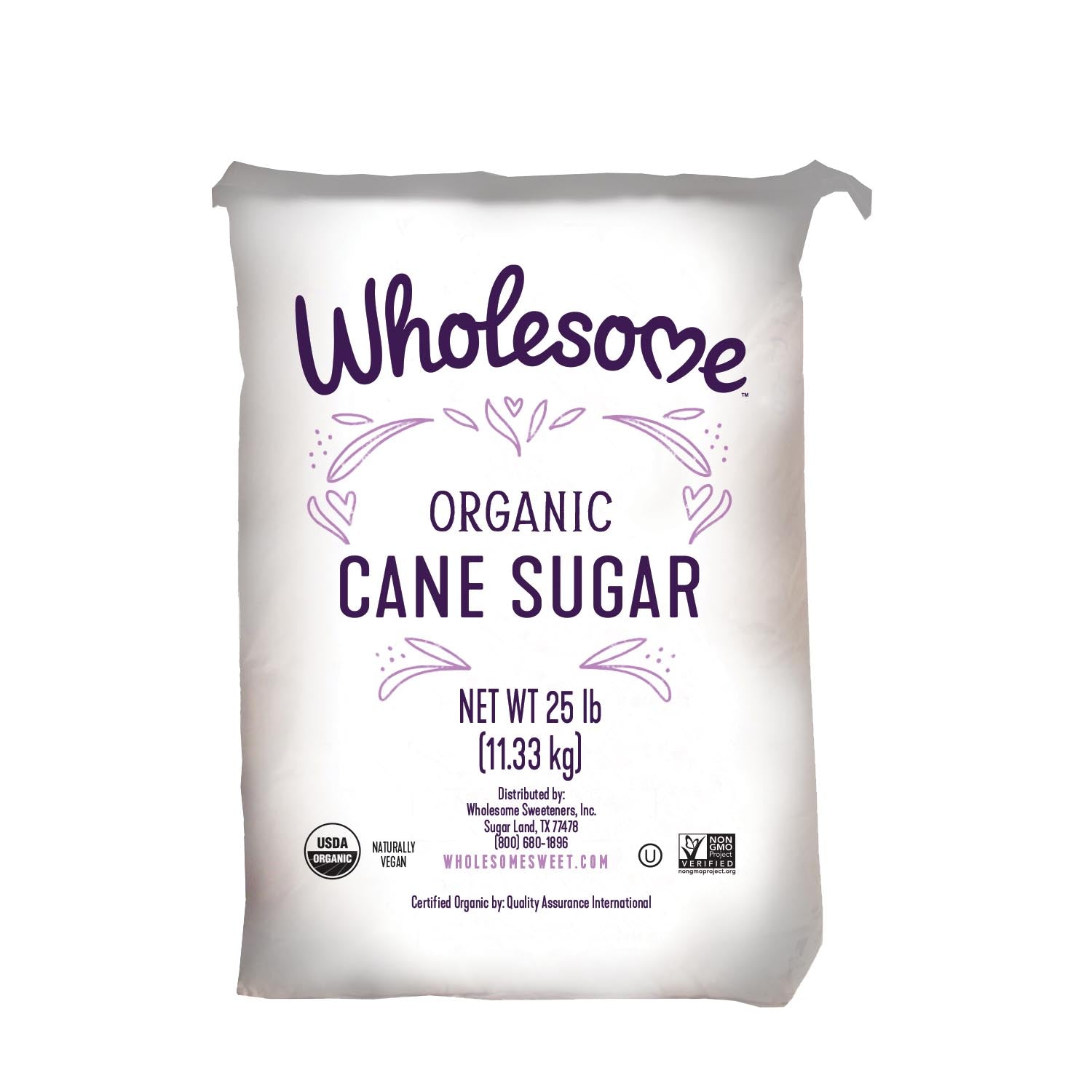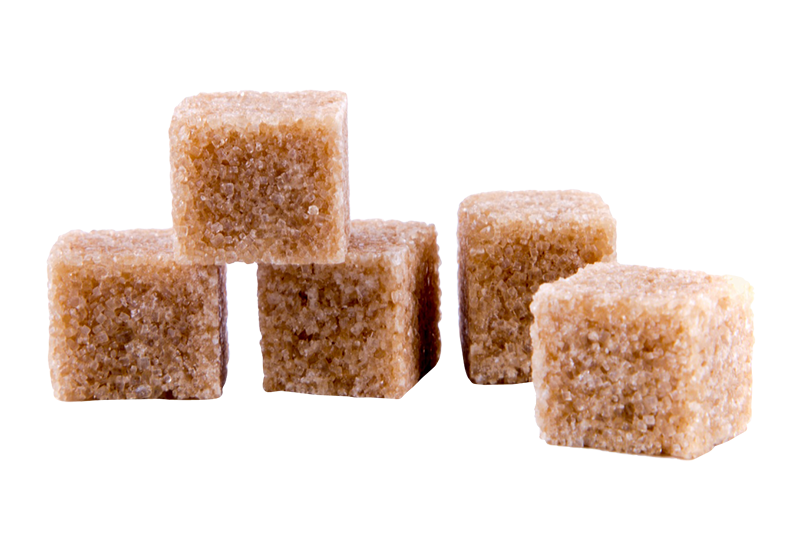Understanding Cane Sugar Processing: A Comprehensive Summary of the Stages
Understanding Cane Sugar Processing: A Comprehensive Summary of the Stages
Blog Article
A Comprehensive Guide to the Environmental Influence and Sustainability Practices in Walking Cane Sugar Processing
The environmental effect of walking cane sugar handling provides a complicated range of obstacles that warrant mindful examination. From soil destruction and excessive water use to the carbon footprint related to cultivation and production, the repercussions of standard techniques are far-reaching. On the other hand, the fostering of ingenious sustainability procedures provides a path toward extra accountable production methods. Recognizing the interaction between these issues is crucial for stakeholders in the market. What particular practices can be implemented to strike a balance in between efficiency and environmental stewardship? The responses depend on a better check out both the difficulties and prospective solutions.
Summary of Cane Sugar Handling
Walking cane sugar handling includes a series of systematic actions that transform sugarcane right into polished sugar. Originally, harvested sugarcane is moved to refining facilities, where it undertakes cleansing to eliminate dirt and particles. Following this, the cane is crushed to draw out juice, which is after that cleared up by removing contaminations with heating and the enhancement of lime.
The cleared up juice undertakes dissipation, where water is removed to concentrate the sugar content. These crystals are divided from the remaining syrup making use of centrifugation, resulting in raw sugar.
The final item is then dried out and packaged for distribution. Throughout this whole procedure, maintaining effectiveness and quality assurance is vital to guarantee the sugar meets sector criteria. Each action in cane sugar handling not only contributes to the final item however likewise has effects for source use and waste generation, establishing the stage for conversations on sustainability and ecological influences connected with sugar production.
Ecological Obstacles of Production
The manufacturing of cane sugar presents several substantial environmental challenges that warrant focus. One primary worry is the extensive use agrochemicals, consisting of fertilizers and chemicals, which can cause dirt deterioration, biodiversity loss, and contamination of neighborhood water resources. The overflow from sugarcane fields commonly lugs these chemicals into close-by ecosystems, interrupting marine life and influencing the health and wellness of neighborhoods reliant on these water bodies.
Another obstacle is the high energy consumption associated with sugarcane handling. The boiling and refining stages call for significant warmth, primarily generated by burning nonrenewable fuel sources, adding to greenhouse gas discharges. Furthermore, the extensive acreage needed for sugarcane cultivation can lead to deforestation and habitat damage, more exacerbating climate adjustment and harmful wild animals.
Moreover, the labor techniques in some regions increase ethical problems, as employees might deal with poor working problems and inadequate wages. This situation commonly bolsters a cycle of poverty in local neighborhoods. Cane Sugar Processing. Addressing these environmental obstacles is critical for creating extra sustainable techniques in walking stick sugar manufacturing, eventually profiting both the atmosphere and the communities involved in this market
Water and Land Usage Effect
Water sources and land application are important components in the walking stick sugar sector that considerably affect the setting. The farming of sugarcane calls for substantial water input, with quotes recommending that it can take in approximately 2,000 liters of water per kilo of sugar generated. This intensive use water commonly causes deficiency of regional water sources, influencing not only the sugarcane vineyards but also bordering ecological communities and neighborhoods that count on the same water sources for farming and residential usage.

Furthermore, land usage for sugarcane cultivation can lead to deforestation and the conversion of all-natural habitats into monoculture plantations. This method decreases biodiversity, interferes with neighborhood environments, and adds to soil degradation. The development of sugarcane areas commonly encroaches on valuable farming land, creating competition for sources between food and biofuel production.
Lasting techniques, such as maximizing watering methods and applying plant rotation, are important to mitigate these effects. By adopting a lot more effective water use and land management approaches, the walking cane sugar industry can lower its environmental footprint, guaranteeing an equilibrium between agricultural efficiency and environmental conservation.
Greenhouse Gas Emissions
Greenhouse gas emissions More about the author stand for a considerable ecological worry within the walking cane sugar handling industry, especially as farming techniques increase to meet global demand. The growing of sugarcane, a crop that flourishes in tropical climates, depends greatly on artificial plant foods and chemicals, which contribute to laughing gas exhausts. In addition, land-use adjustments, consisting of deforestation for brand-new sugarcane haciendas, release co2 kept in vegetation and soil.
Throughout processing, energy usage is another significant source of greenhouse gas emissions - Cane Sugar Processing. Many sugar mills make use of nonrenewable fuel sources to power machinery and produce warm, resulting in considerable carbon footprints. Moreover, the transport of raw sugarcane and completed products includes layers of exhausts with fuel burning in lorries
This entails reviewing existing agricultural techniques, refining techniques, and transportation systems to recognize locations for improvement and reduction. Resolving greenhouse gas discharges is essential for cultivating a more lasting walking cane sugar sector in a changing climate.

Lasting Practices and Innovations
Lasting practices and innovations are significantly vital in the walking stick sugar processing market as stakeholders look for to minimize ecological effects while preserving productivity. One considerable advancement is the execution of incorporated plant administration, which optimizes resource usage by integrating soil administration, pest control, and plant rotation techniques. This approach enhances yield while decreasing chemical inputs and maintaining dirt wellness.
Additionally, the fostering of eco-friendly energy sources, such as biomass from sugarcane residues, has actually obtained traction - Cane Sugar Processing. By transforming waste products right into power, processing facilities can decrease their reliance on fossil gas, consequently decreasing greenhouse gas discharges
Water administration methods have have a peek here likewise seen renovations via the recycling and reusing of water in processing plants, substantially minimizing freshwater consumption. Developments in technology, such as accuracy farming, enable farmers to monitor crop health and source usage better, ensuring lasting cultivation techniques.
Furthermore, qualification programs like Fair Trade and Rainforest Alliance motivate ecologically liable farming methods and promote social equity within the supply chain. By welcoming these sustainable practices and advancements, the walking cane sugar processing industry can enhance its durability and add positively to environmental stewardship.
Verdict
The environmental impact of walking cane sugar processing presents significant difficulties, including soil degradation, high water usage, and greenhouse gas exhausts, together with ethical concerns associated with labor techniques. Dealing with these issues via sustainable practices, such as incorporated crop management, sustainable power adoption, and water recycling, is essential. By advertising socially equitable and eco liable approaches in sugar manufacturing, the sector can minimize its unfavorable results, making sure a more sustainable future for both neighborhoods and ecological communities click over here associated with this industry.
Walking stick sugar processing entails a collection of methodical actions that change sugarcane right into polished sugar. Each step in walking cane sugar processing not only contributes to the last product however additionally has effects for source usage and waste generation, setting the phase for discussions on sustainability and ecological effects associated with sugar manufacturing.
Greenhouse gas exhausts represent a significant environmental issue within the cane sugar handling sector, specifically as agricultural methods broaden to satisfy worldwide need.Sustainable methods and technologies are significantly essential in the cane sugar handling sector as stakeholders look for to lower ecological impacts while keeping productivity.The ecological influence of walking cane sugar processing offers significant difficulties, including dirt destruction, high water intake, and greenhouse gas discharges, along with moral concerns associated to labor methods.
Report this page